When Sinat gave birth five years ago, her doctors found an inoperable benign brain tumor. Since then, she has not been able to work full-time. Between parenting her three young daughters, her chemo treatments, and her headaches, finding a job that would accommodate her needs has been next to impossible.
Food Pantry Helps
As a way to help make ends meet, Sinat temps part-time. But it’s not enough for her family, and she and her husband depend on the food they receive at the Tenderloin Community School pantry to make ends meet. “With everything going on, healthy food is really important,” says Sinat. “We stay away from junk food, and vegetables are so necessary for the kids, so they stay healthy and energetic.”
Grandparents Pitch In
Sinat’s mom also goes to a Food Bank pantry nearby. Her parents emigrated with Sinat as refugees from war-torn Cambodia. When Sinat is temping, her parents watch her daughters and cook Cambodian food. “They love the vegetables and rice,” she says. “And because of the help we get at the pantry, we are able to afford meat at the grocery store.”
In San Francisco to Stay
Every day, her parents’ health declines from injuries and PTSD from their experiences in Cambodia. Sinat struggles to take care of them while she manages her brain tumor, which causes constant headaches and double vision. Her family has tried to leave the city to lower their housing costs, but that raised other challenges.
“My parents are in San Francisco, and they help us save money on childcare,” says Sinat. “We also have roots. I grew up here and see so many families I know at the food pantry. There, it doesn’t matter your race or where you are from, we are all in the same boat and just need food for our kids.”
“I’m grateful to donors at the Food Bank,” says Sinat. “What you are giving is helping out a lot of families like mine who wouldn’t make it in this city. It’s helping my daughters to grow up to be happy and do what they want in the future and not have to struggle like I do. Thank you.”
If you would like to help out a family like Sinat’s, consider a donation to the Food Bank today.



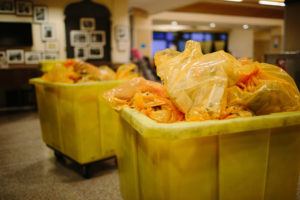
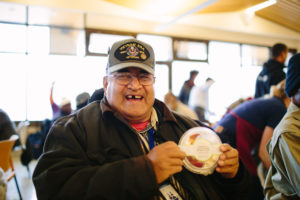
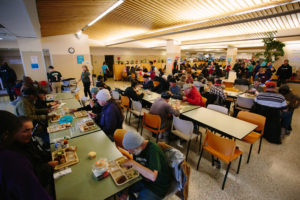
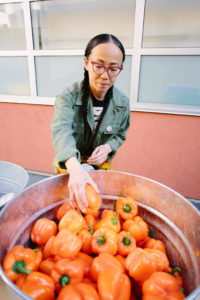
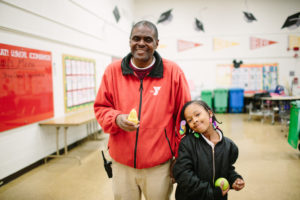
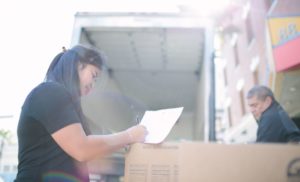
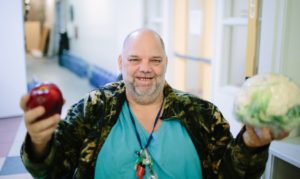
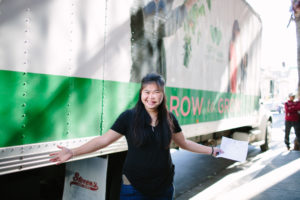
Share